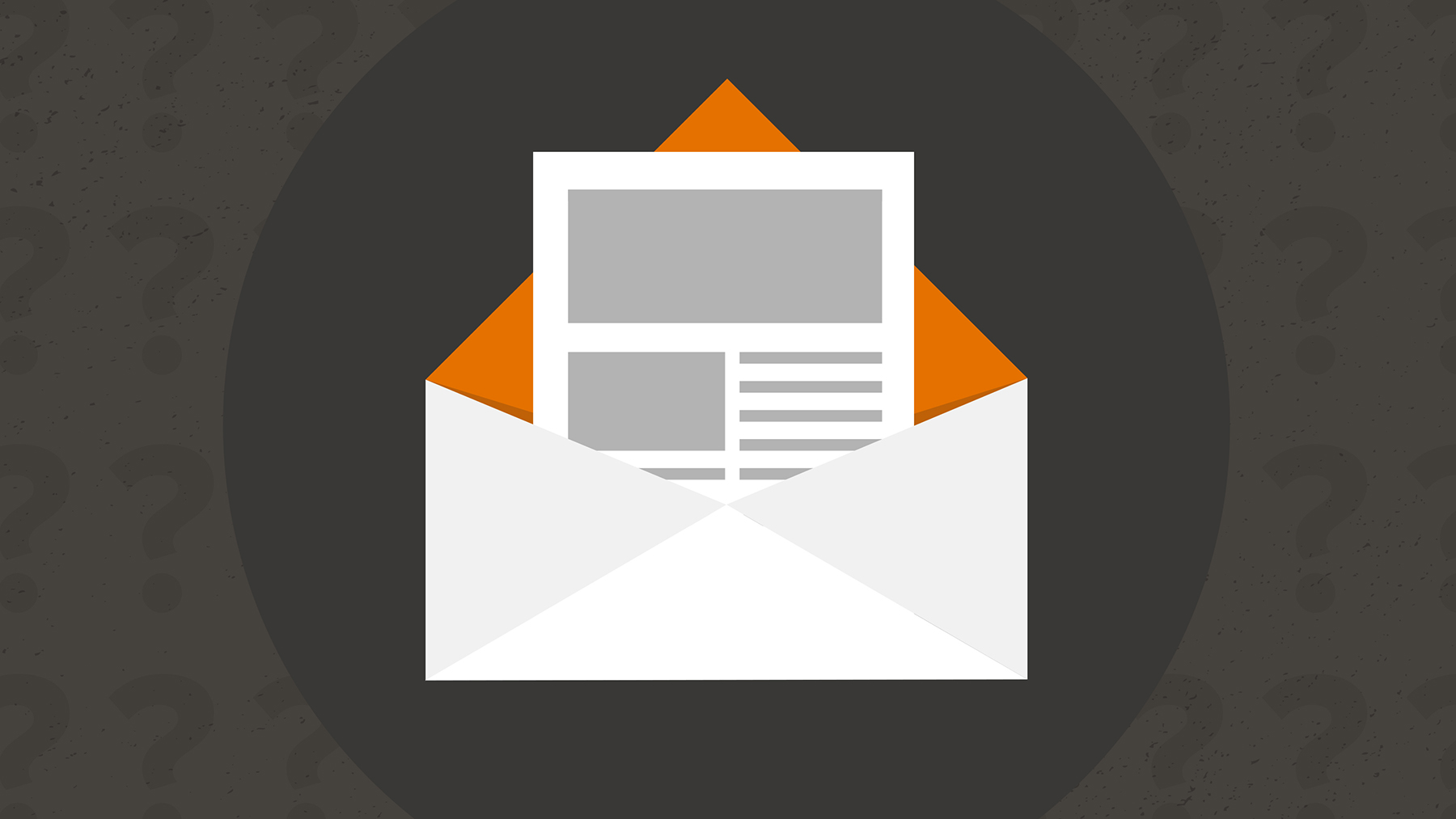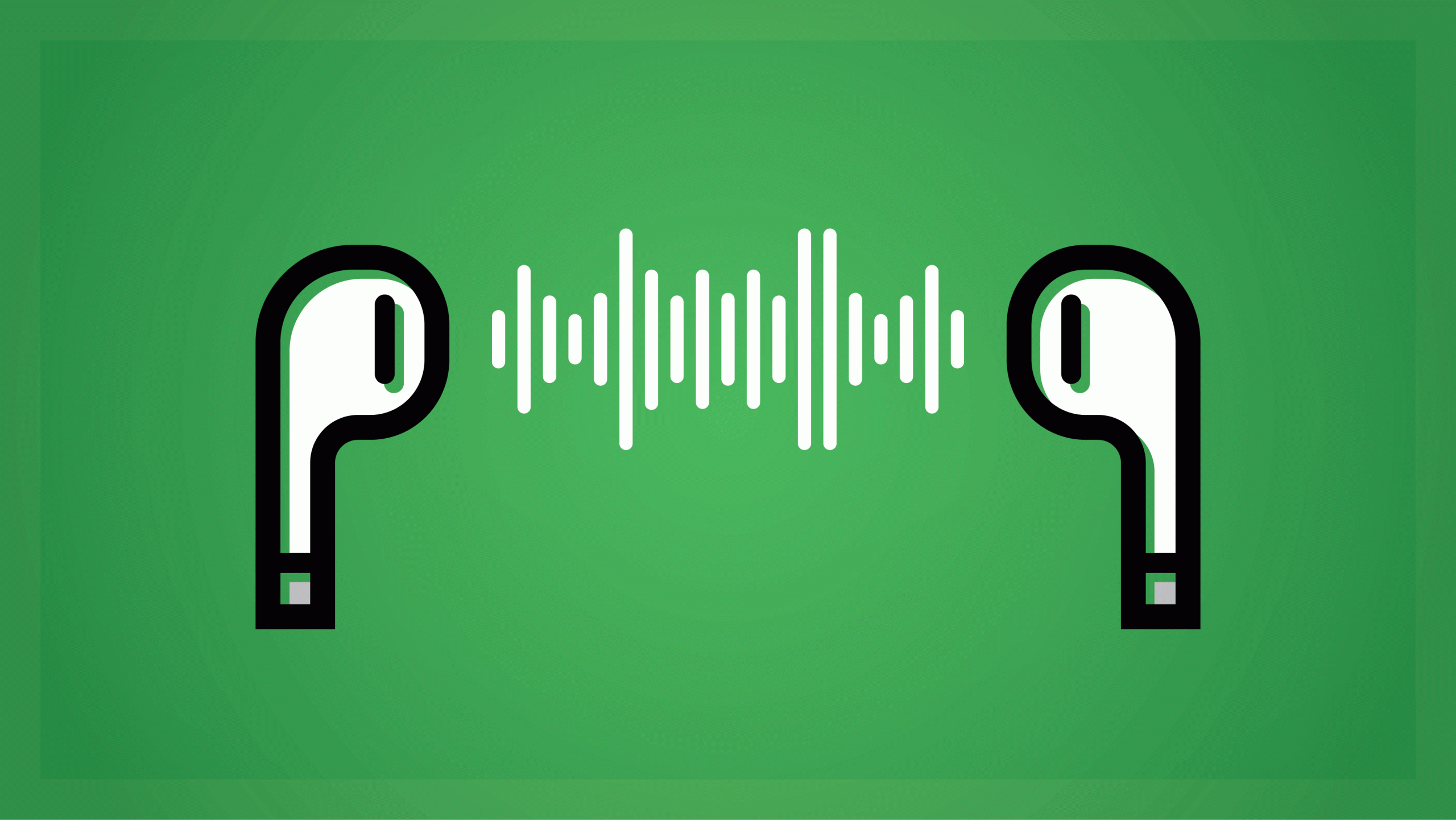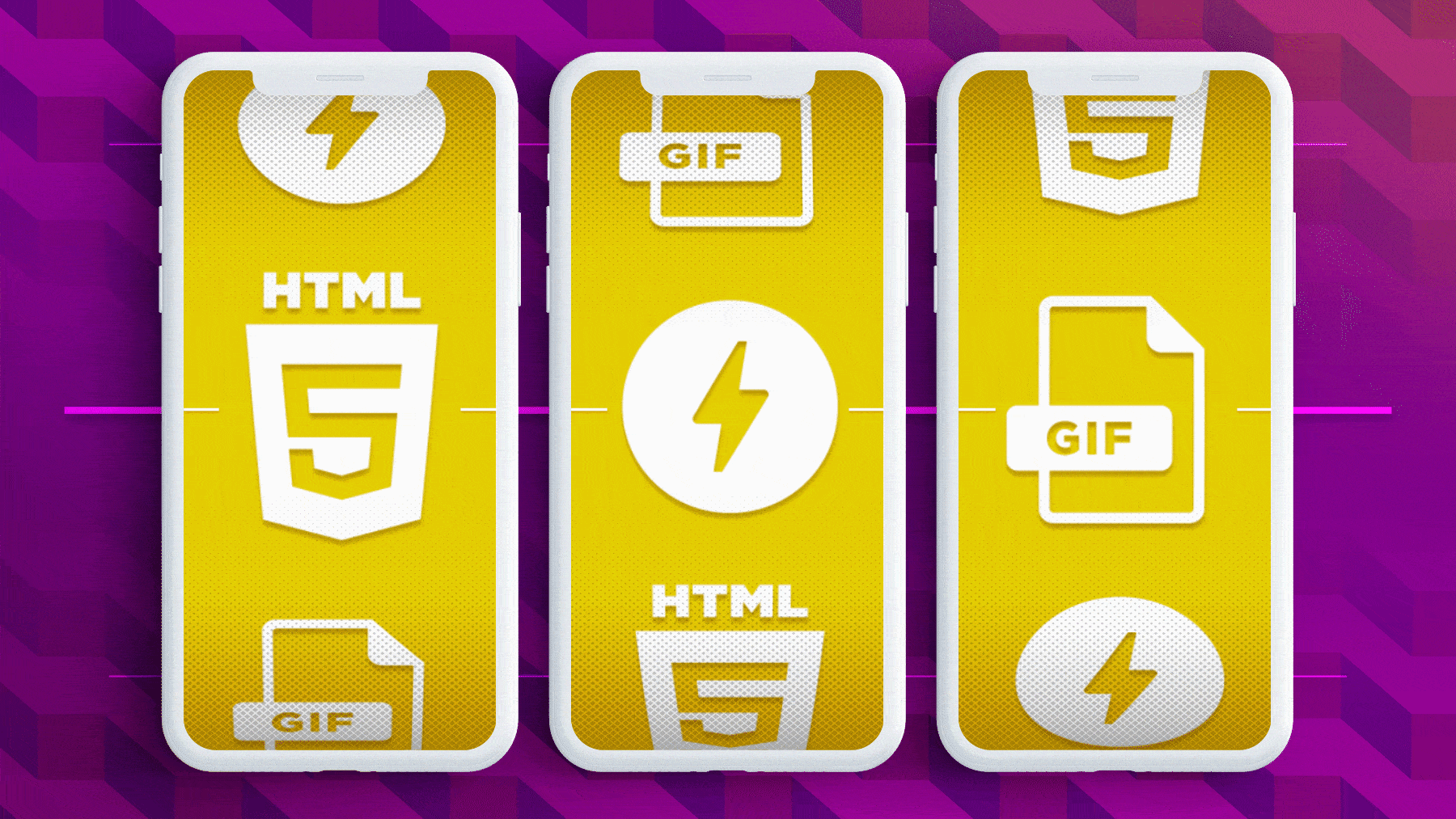
Elude being blacklisted with this simple Email Marketing checklist.
Sometimes it feels like there are a million rules when it comes to email marketing. And we won’t lie, there’s a lot to take into consideration. With 80-95% of the world’s email being spam, there has to be. But don’t worry, we’re here to help you manage this beast and elude being blacklisted with a simple checklist.
So, let’s dive into a checklist of 10 questions you should ask yourself before clicking send.
1. Do you meet all legal requirements?
The quickest way to be flagged as spam and get your website/email blacklisted is being out of compliance with email marketing laws.
Law requires all marketing emails:
- Headers, domain names and subject lines must be accurate
- Must disclose the terms and conditions if the message is an advertisement
- Must include a valid postal address and phone number
- Recipients must have given permission to be solicited
- Clearly state how recipients can unsubscribe
- Honor unsubscribe requests within 10 business days
2. What is the purpose of your email?
Consider the single purpose of your email and whether your content is useful to the recipient. Each message should be whittled down to a single, concise message. And remember to be transparent in your motives—deception only gets you flagged as spam.
3. Would you consider it spam?
In advertising, the question “would I care about this” gets thrown around a lot. If you received your message, would you think it’s spam? If the answer is yes, then everyone else probably thinks so too.
4. Where did your list of contacts come from?
As mentioned under legal requirements, sending email is a consensual affair. If you didn’t get your contacts from people that have subscribed to your content, whether it’s online or in person, or a paid list from a reputable source, then step away from the send button.
5. Is your mail service reputable?
Speaking of reputable sources, is your mail service? You don’t want to send messages from your personal email software such as Outlook. It wouldn’t seem credible and is more likely to be flagged as spam, so get a mail service like Constant Contact or MailChimp. It’s important that whatever service you choose is a company that takes precautions and considerate of regulations.
6. Are your subject and preview concise?
People are busy—get to the point. If your subject line is a paragraph, it’s probably going to the spam box. Plus, the more enticing your subject line/preview, the more people will use their magic clicker to view your email.
7. How frequently are you sending messages?
You know your audience better than anyone. Consider their needs. If you bombard them with emails four times per day, you’re at high risk of being flagged as spam. We recommend once per week or day depending on your service.
8. Are you overstuffing keywords?
Yes, SEO and keywords are essential in the digital world, but when you are obviously cramming subjects lines and email bodies with keywords to be noticed by search engines, it’s unnatural, and an instant red flag. Be clever with your keywords and make the ones you do use count.
9. Is the email relevant to the recipient?
It’s tempting to blast your email to everyone and their dog, but it’s crucial to consider who individual recipients are and whether the message is relevant to them. Not only will you receive better results from tailoring your recipients, but are less likely to be labeled as spam. For example, if Jajo sends out an email, we send our message to contacts to decision makers and marketing directors. Rosie the Riveter probably doesn’t care or need to know about our services.
10. When are you sending your email?
No, this has nothing to do with spam. It’s just bonus info to round this out to 10 questions… but who doesn’t love bonus info? Again, this has everything to do with your audience and the way they use the Internet, but as a rule of thumb, don’t email on Monday or Friday.
Now that you know what to ask yourself and how to keep your email in good health, you’re well on your way to a prosperous email marketing experience.
Of course, as with any email marketing, no matter how careful you are, there is never a guarantee someone having a bad day won’t report your email as spam for the hell of it. Don’t get too worked up, though. If you are reported and blacklisted for some reason, it’s not the end of the world. Learn what to do if your company’s website/email is blacklisted.


